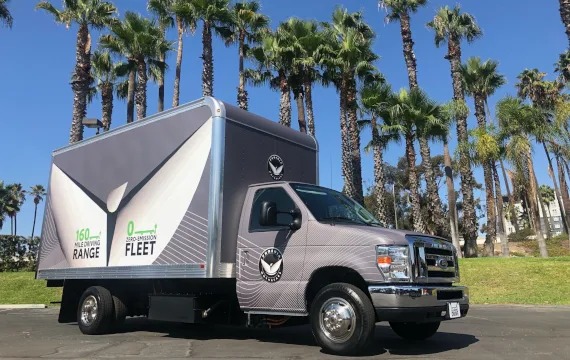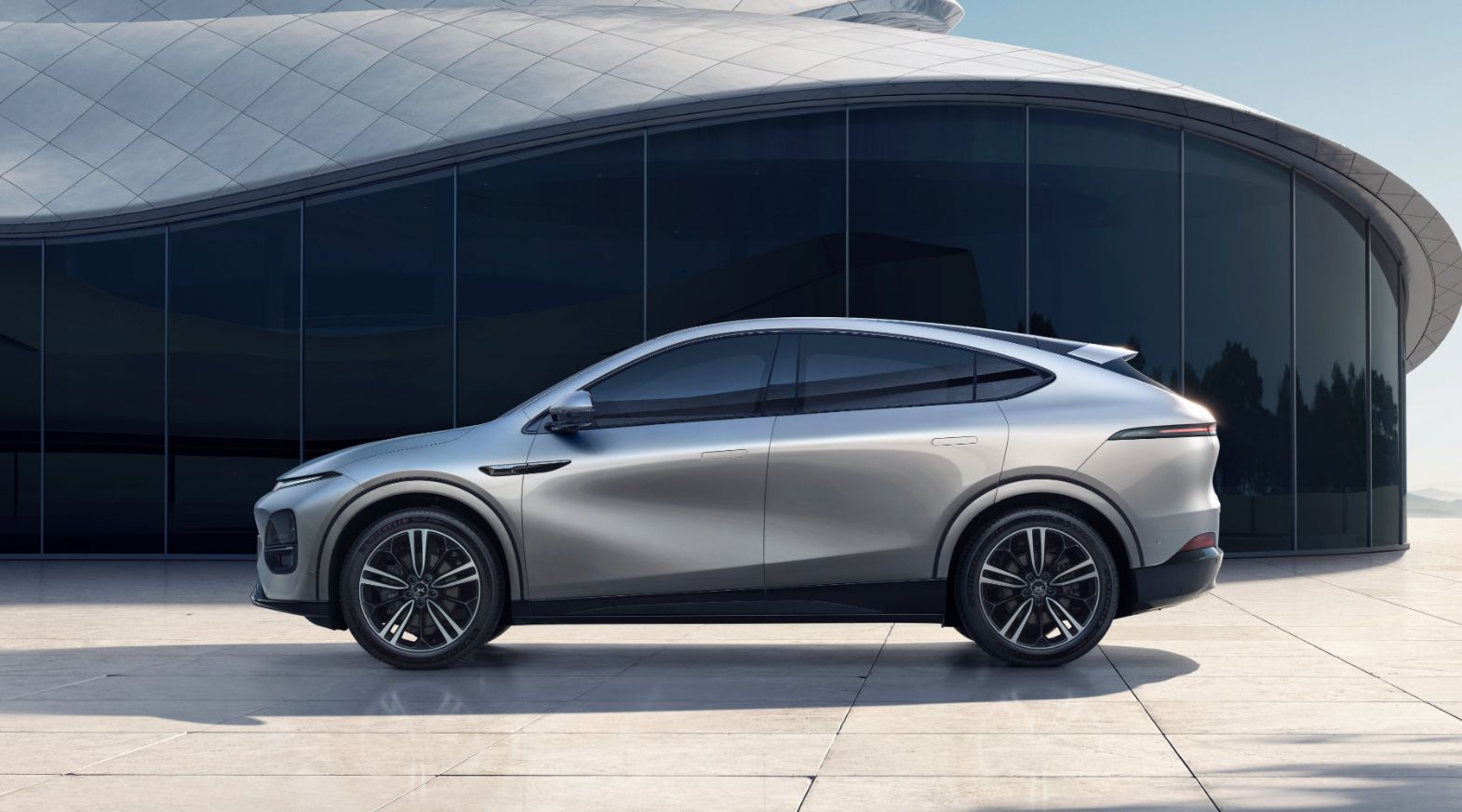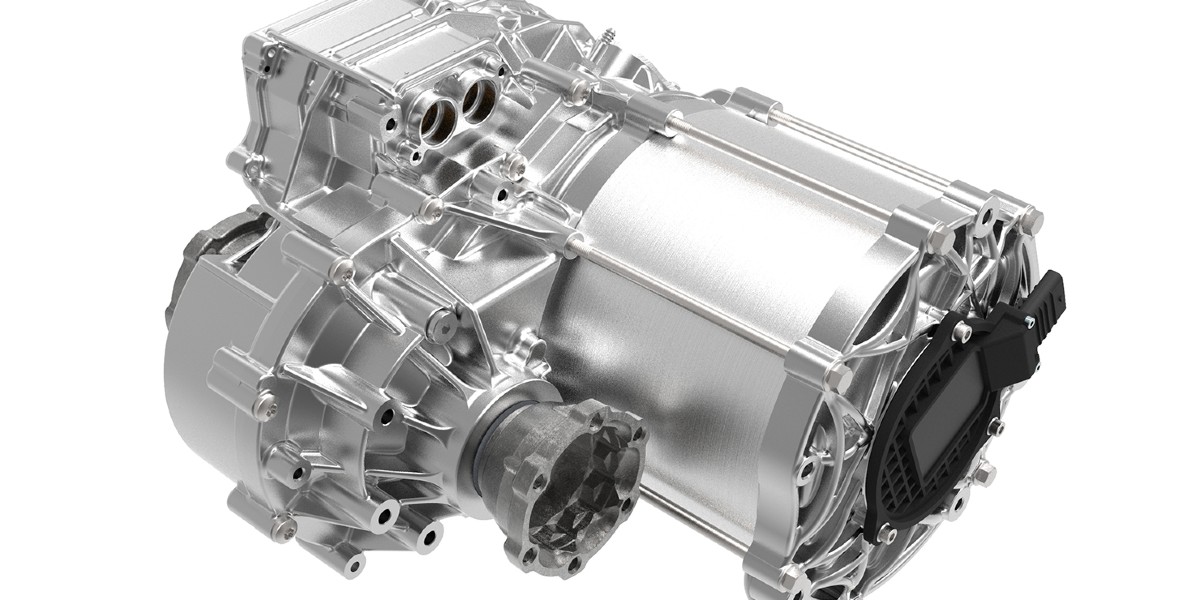The increasing number of electric vehicles on the roads may be seen as a positive step towards protecting the environment, but it has raised concerns among firefighters. While electric vehicles are less prone to catching fire than traditional gasoline-powered cars, lithium-ion battery incidents can be more dangerous and challenging to put out, particularly in enclosed spaces like underground or multi-storey car parks where larger fire engines cannot access.
Once the battery pack is compromised due to an accident or external fire, containing the resulting blaze can be problematic because the energy stored within the cells is released, causing a phenomenon called “thermal runaway.” In the past, preventing this or fighting the fire involved extreme measures, such as submerging the entire car in water for several days in large bags or shipping containers.

Fortunately, industry experts have developed a new, more practical approach to addressing such incidents. They have created a new rapid intervention vehicle specifically designed to deliver firefighters and equipment to locations where height may be limited, such as car park structures.
This, combined with conventional firefighting methods, can help prevent major fires from escalating, as demonstrated in recent incidents at the Kings Dock car park in Liverpool and Stavanger Airport in Norway, where none of the large fire and rescue vehicles could enter the structures in the early stages of the fire due to height restrictions.
To address this challenge, specialists in the industry have collaborated to develop a new generation of firefighting vehicles capable of fighting both conventional and electric vehicle fires at an early stage in any location, particularly car parks.
The Rapid Intervention Vehicle is based on the British-built HILOAD, developed by Prospeed Motorsport in York, England. The vehicle uses a Toyota Hilux as a donor, fitted with a new chassis to avoid a compromised “cut and shut” of the original frame. The replacement chassis and a torque splitter system allow the 6×6 to have a Gross Vehicle Weight of 5,600kg and a payload capacity of 3,000kg, almost triple that of the standard 4×4 Hilux.

Despite being longer, the HILOAD’s height is just 1,850mm, lower than some large SUVs, making it suitable for accessing the majority of parking structures. It also has a lower center of gravity, providing better stability in high-speed maneuvers.
In addition to carrying other equipment, the HILOAD can be equipped with the Coldcut Cobra system, which uses an abrasive suspended in water to pierce a hole through the car’s floor pans and inject water at 300bar throughout the module casing. This cools the battery directly and prevents propagation and further possibility of a thermal runaway. The Coldcut Cobra system uses just 240 liters of water, which is less than a bath-full and 20% of the HILOAD’s tank capacity, unlike alternatives that require thousands of liters of water to cool the entire battery.
Moreover, the 6-wheel drive set-up of the HILOAD provides enhanced traction and reduced ground pressure, making it invaluable for tackling fires in remote and challenging environments such as forests and heathland.
Currently, a HILOAD is being tested in the Czech Republic, developed to tackle EV battery fires and assist with fast response occupant extraction. It has already become part of one EV car manufacturer’s firefighting fleet.
Prospeed is also working on developing a 4×4 HILOAD with a 5,000kg GVW and a 6×6 HILOAD with a 6,500kg GVW as part of a light utility vehicle fleet in the defense market, replacing aging Land Rover Defender and Pinzgauer fleets.
The HILOAD is assembled in York, UK, or shipped as a module for final assembly in export markets. The design can also be licensed for higher volume production.







